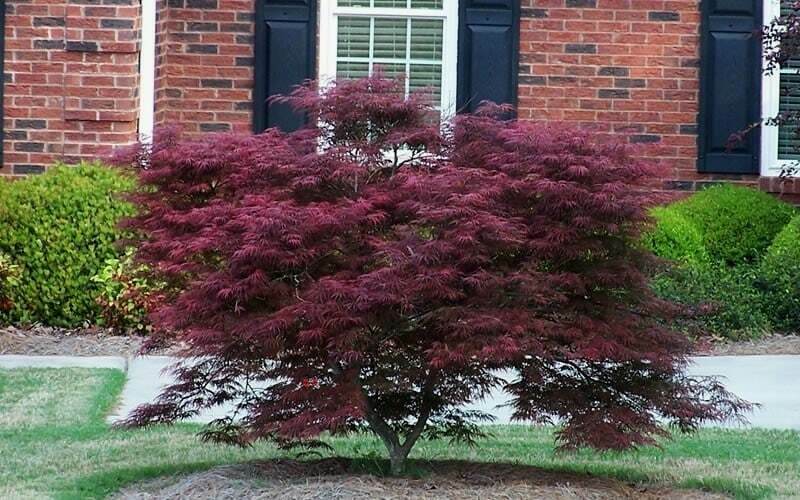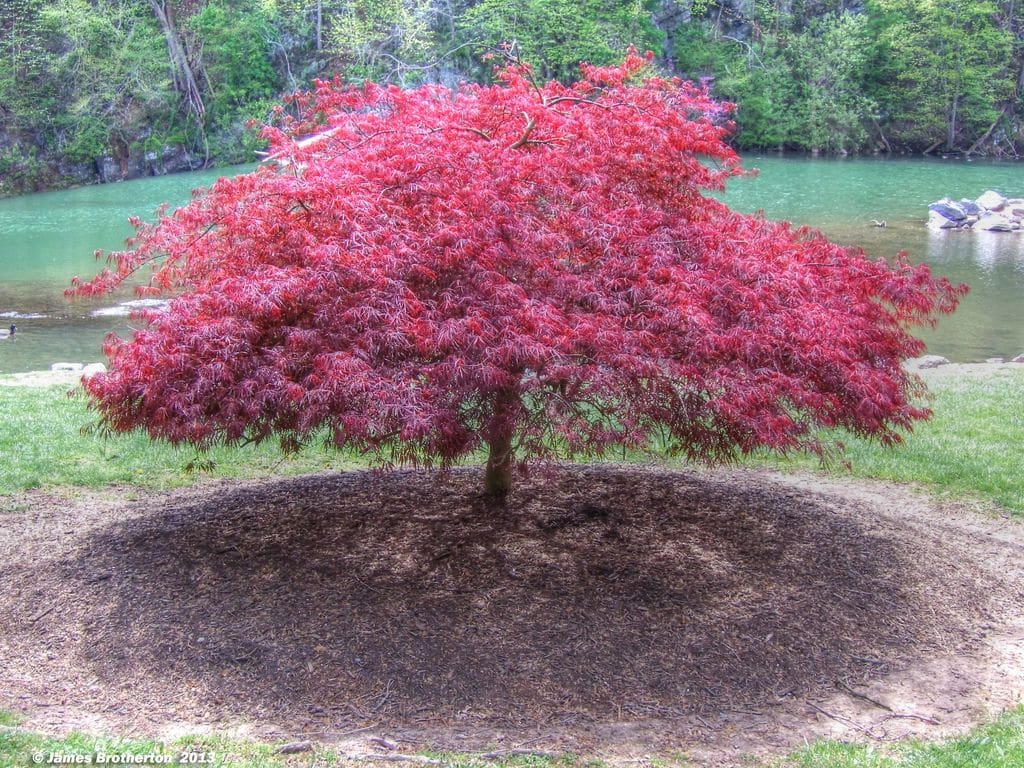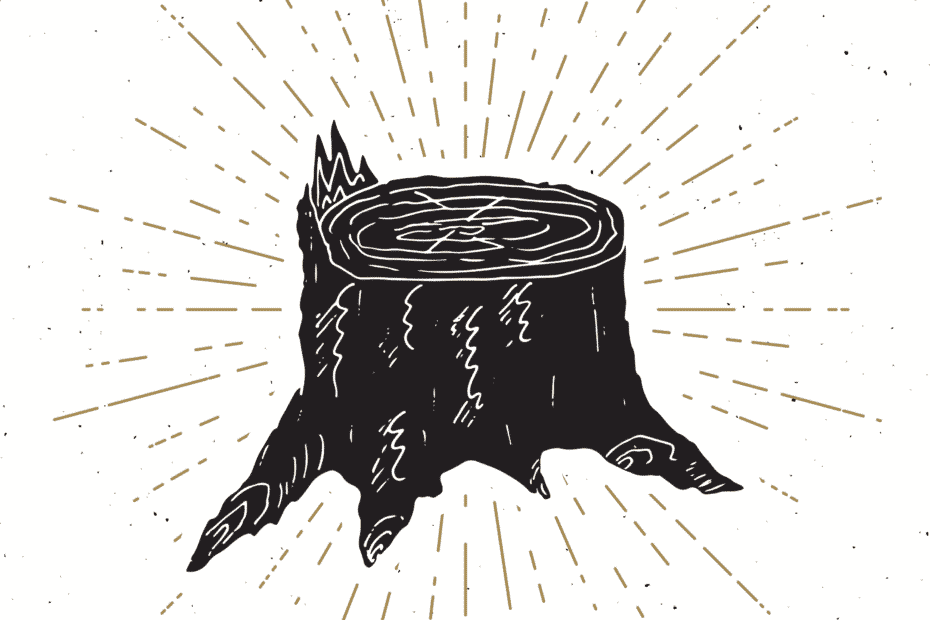
Dwarf Japanese Maple Species Info
Dwarf Japanese maple belongs to the species Acer palmatum, just like the regular Japanese maple. It is a compact cultivar of the regular tree. This is a version of the Japanese maple that is slow-growing. It tends to reach a maximum height of six to eight feet. They have been cultivated to have small leaves and a profusion of branches to showcase the foliage that the tree is so famous for. Their compactness of size makes them a good fit for small gardens and even container gardening. You will find that the dwarf Japanese maple is popular in rock gardens. Great choice as a bonsai tree too. The tree tends to have dramatic fall coloring and it takes easily to different kinds of soil and climatic patterns. The roots of the dwarf Japanese maple are compact and non-invasive. Great choice for small spaces.
There are various cultivars of the dwarf Japanese maple have been grown to highlight different kinds of foliage. You can have some with the lace-leaf and some with variegated leaves. The color and shape of this kind of tree is what makes it distinctive. Cultivars find one of these features to highlight. Since it is small and encouraged to be well-branched, this kind of tree appears very dense and lush. You may want to tour neighboring nurseries to get an idea of the available cultivars.
Hard To Find Sometimes
If there is a tree in the neighborhood that has particularly caught your eye. Stop and find out where it was bought. There is no guarantee that any given cultivar is widely stocked. Among some of the famous kinds of dwarf Japanese maple cultivars we have Aratama, Geisha, Kashima, Baby Lace, Beni Hoshi, Beni, Hime, Kiyohime, Kinra, Yubae, Green Star, Ukon and Wou Nishiki. Many local nurseries develop their kind of the dwarf Japanese maple. You may have to ask around for sources if you spot a particular kind that you want to try in your garden.

The cultivars are created to give different appearances to the tree. Very few grow tall and erect. Some are more like the Weeping Willow with trailing branches. I think most are created to emphasize the packed and tight quality. So, other than the color and the shape of the leaves, you have to consider the overall shape of the tree in choosing your dwarf Japanese maple. A confident gardener can create any shape they choose by pruning and trimming regularly. This is especially true of the bonsai variety of this tree. Like the bonsai version of the Japanese maple? You may either pick a trained tree and maintain its shape or pick a raw dwarf tree and create a shapely bonsai that reflects your artistic eye.
Planting Requirements
While you have to research the needs of the cultivar you choose, broadly speaking, dwarf Japanese maple needs well-drained soil and does not need too much direct sunlight. It does well in shady locations and should be protected against strong winds also. If you are unsure about which cultivar will work well in your area, you can talk to a nursery in the area or even take a walk around the neighborhood and find a thriving tree. Given the increasing popularity of this tree it is very likely that you will find one.
The dwarf Japanese maple is usually grown from cuttings and you can choose to start your tree from a sapling stage or buy a more mature plant. The soil will need to be well-conditioned and you have to watch out against over-fertilization or over watering to make sure that your tree adapts well to its new setting. Once the tree takes root it does not need too much by way of care and maintenance except the regular pruning.

No comments:
Post a Comment